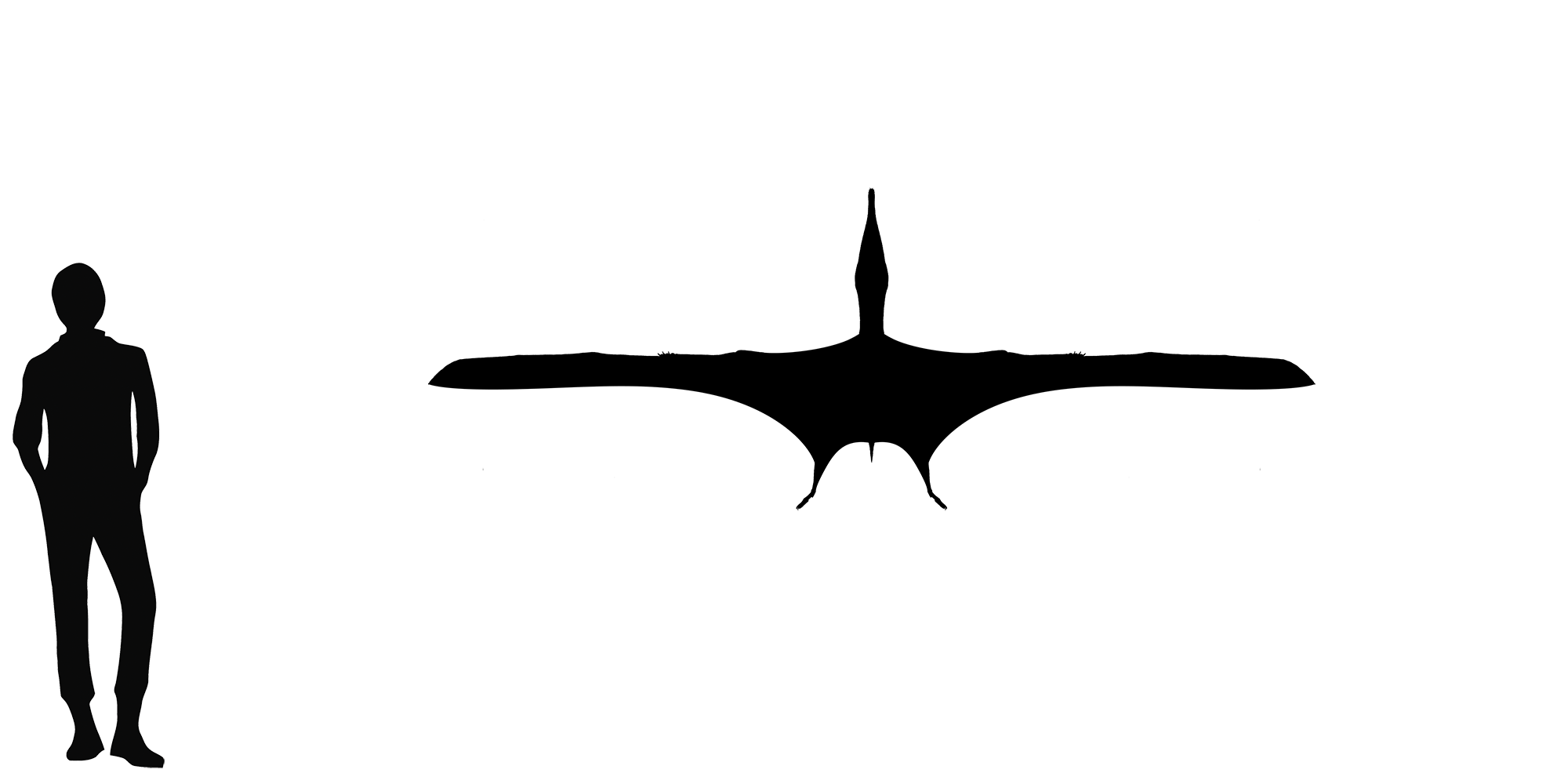Araripesaurus



The Lower Cretaceous rocks of the Araripe Plateau in northeastern Brazil are famous for huge numbers of three-dimensionally preserved and articulated pterosaur specimens including the famous Anhanguera and Tapejara. The first pterosaur named from the region, Araripesaurus castilhoi, was described by Llewellyn Ivor Price in 1971. Unlike most other Santana Formation pterosaurs, Araripesaurus is not based on much material, only a single partial wing. Despite decades of further research, no additional specimens referable to Araripesaurus have been discovered. The specimen was found in a calcareous nodule and is made up of the distal portions of the radius and ulna, the wrist, pteroid bone, most of the hand and first three fingers, as well as the proximal part of the wing finger. Nothing else can be said of the anatomy of Araripesaurus, but its wingspan can be estimated to be about 2-2.5 meters (6.5-8 feet). The internal anatomy of the bones themselves suggest the specimen is nearly fully grown. Although incomplete, details of the bones and their articular surfaces show that Araripesaurus is different from other Santana pterosaurs, although probably most similar to ornithocheirids like Anhaunguera. Like many other ornithocheiroids, Araripesaurus may have had twin crests near the tips of its jaws as shown in our illustration. Araripesaurus was likely an aerial fisher, soaring over the waves of the young Atlantic Ocean.
2-2.5 m (6.5-8 ft)



